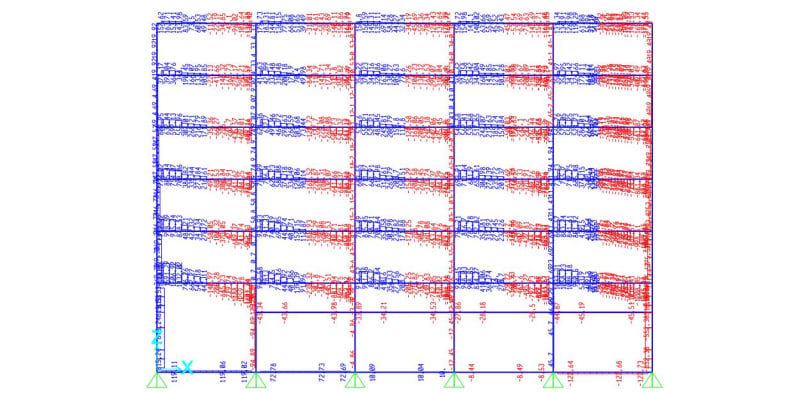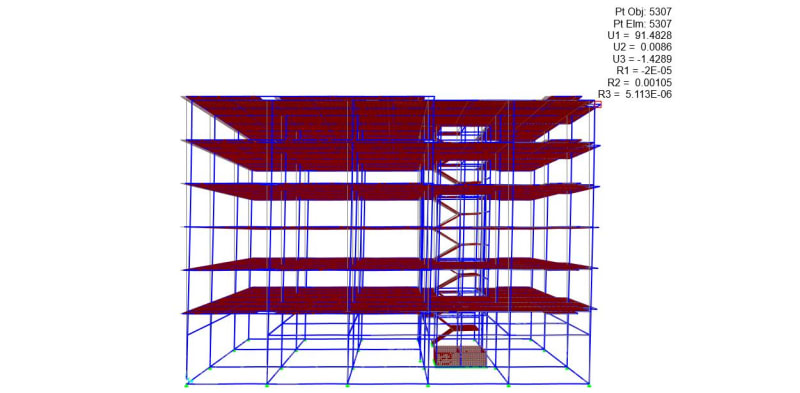raobn
Civil/Environmental
- Nov 9, 2020
- 6
Hello everyone, I'm a civil engineering student and currently having a problem while modelling a 6 story reinforced concrete special moment resisting frame building. The analysis is about the equivalent static lateral force and response spectrum. I follow the ACI 318-14 and use cracked section for the column, beam, and slab. And I follow the ASCE 7-16 for the seismic analysis.
So I make my models with the insertion point for the frame set as "centroid" and "top center". The first model's time period is higher than Cu.Ta and the displacement due to earthquake load is large, but the axial load on the beam is low. For the second model, the time period is lower than Cu.Ta and the displacement due to earthquake load is also low, but the axial load is higher than allowed axial load for SMRF structure (the axial load should be lower than Ag.fc'/10). I read a lot from the forum that we should set the frame insertion point as centroid so there wouldn't be large axial force on the beam, but when I do that, there are another problem (building time period and large lateral displacement).
Is the problem from my model is specifically about the insertion point or are there something else I should consider to check on my model? I hope someone can guide me, I am currently using SAP2000 v23 to model my building. Sorry if there's something wrong in my question/post. Thank you very much.
So I make my models with the insertion point for the frame set as "centroid" and "top center". The first model's time period is higher than Cu.Ta and the displacement due to earthquake load is large, but the axial load on the beam is low. For the second model, the time period is lower than Cu.Ta and the displacement due to earthquake load is also low, but the axial load is higher than allowed axial load for SMRF structure (the axial load should be lower than Ag.fc'/10). I read a lot from the forum that we should set the frame insertion point as centroid so there wouldn't be large axial force on the beam, but when I do that, there are another problem (building time period and large lateral displacement).
Is the problem from my model is specifically about the insertion point or are there something else I should consider to check on my model? I hope someone can guide me, I am currently using SAP2000 v23 to model my building. Sorry if there's something wrong in my question/post. Thank you very much.









